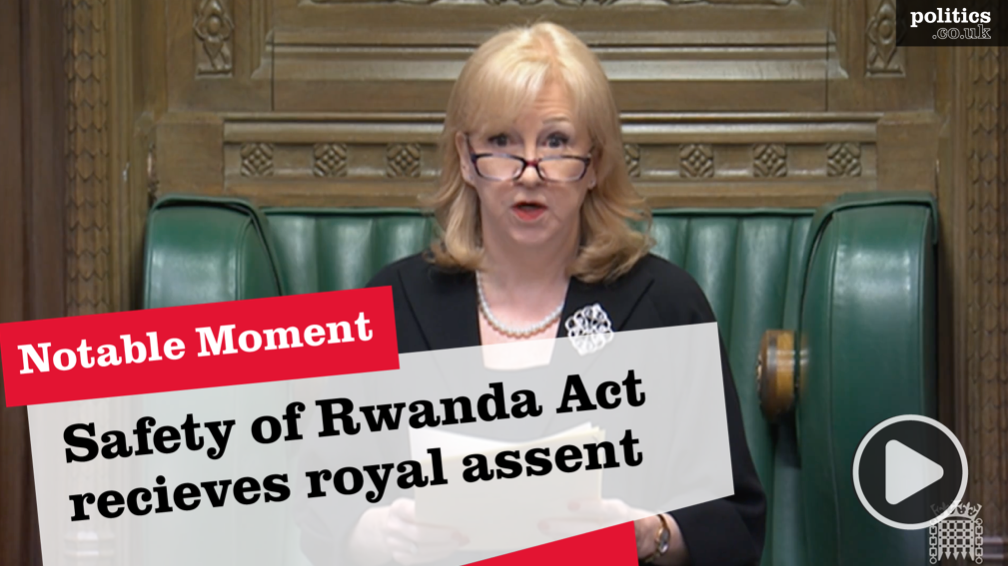The Committee Stage of a Bill normally takes place in a Standing Committee.
A new Standing Committee is set up for each Bill, although there are normally no more than eight at one time.
Even though the membership is different each time a Standing Committee is set up, they are always given the names Standing Committee A, Standing Committee B etc. all the way to H. Standing Committees formed to consider private members’ Bills are called Standing Committee C – so there can only be one Standing Committee considering a private member’s Bill at any one time, while the others queue.
The Committee of Selection nominates members for each committee and this is reported to the House. For a Government Bill, a Minister from the Department piloting the Bill is always a member. Corresponding opposition spokespersons are also members. Total membership can vary, but 15 to 20 is normal. Party composition mirrors that of the whole House, so the Government always has a majority.
Standing Committees are like miniature versions of the Commons itself. Opposing MPs sit on opposite sides of the committee room and proceedings are chaired by a representative of the Speaker chosen from the Chairmen’s Panel. Meetings are normally open to the public.
For Government Bills, prior to the first meeting of a standing committee, a sub-committee of the Programming Committee (known as a programming sub-committee) meets briefly to decide the timetable for the Standing Committee’s meetings. This normally takes the form of which clauses are to be considered in which sitting of the Standing Committee. The first item on the agenda in the first meeting of Standing Committee is the approval of the programme motion for the committee’s proceedings. Committees on Government Bill normally meet on Tuesdays and Thursdays.
For Private Members’ Bills, there is no such programming, but the MP in charge, who will normally be a member of the committee, will seek to minimise the time taken in committee. Standing Committee C tends to meet on Wednesdays.
Within the Standing Committee, a Bill is debated clause-by-clause, with each clause requiring endorsement even if there is not a substantive debate on it. MPs who are members of the committee table amendments to the Bill. At each meeting, amendments are moved and debated and agreed or disagreed. If the opinion of the committee cannot be discerned by the chair then it may divide.
When the committee has concluded its deliberations it sends the Bill, with or without amendments, back to the House.
Bills can also be considered by a Committee of the Whole House, rather than a specific Standing Committee. The Committee of the Whole House may consider the entire Bill, or just a certain number of major clauses in a Bill.


















